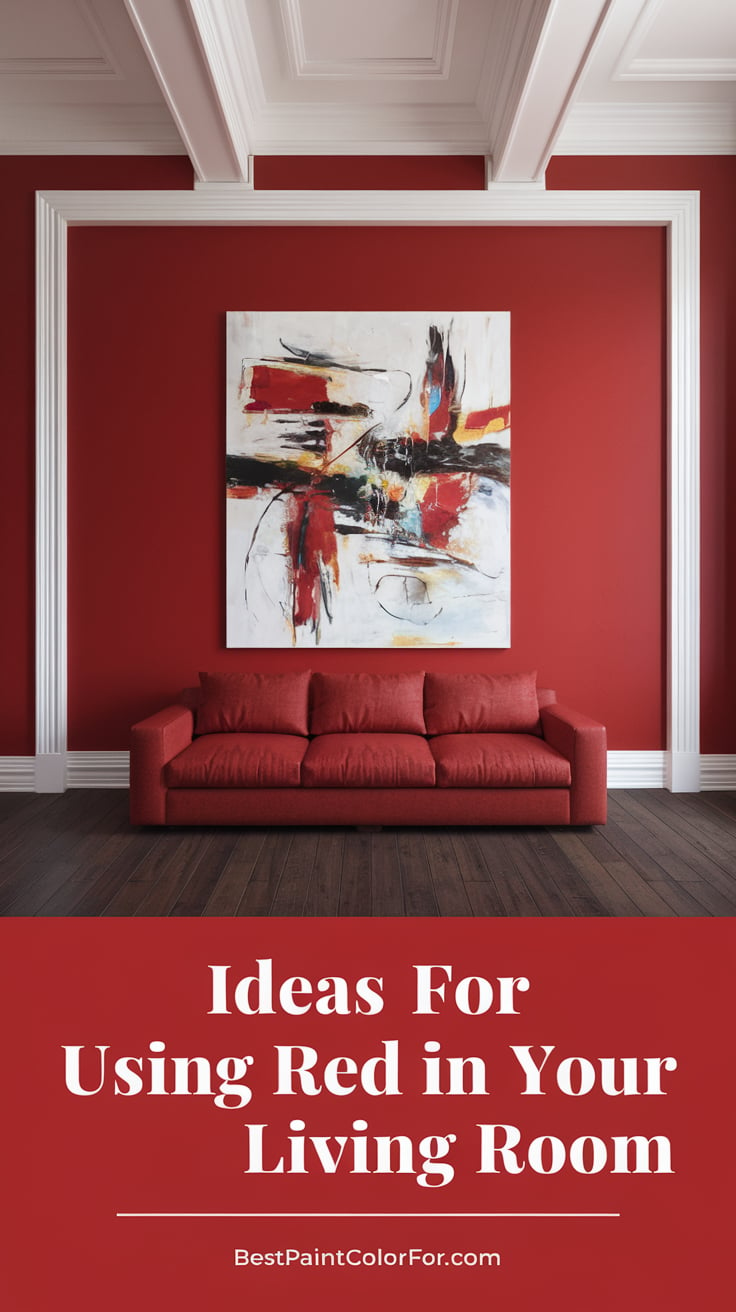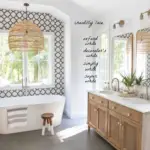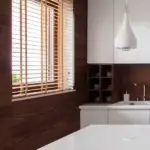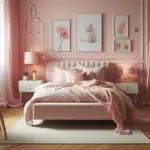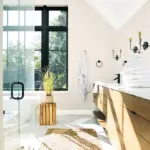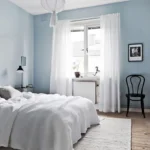The living room (or family room) is the heart of your home, a place where family and friends gather to relax, socialize, and make memories. Because of this, the design and decor choices in this space should be intentional, reflecting your personal style while maintaining a welcoming atmosphere. If you love bold colors, particularly red, you might wonder how to incorporate it into your living room without making the space feel overwhelming or chaotic.
Red is a powerful, vibrant, and energetic color that can evoke strong emotions. It symbolizes passion, excitement, and warmth, but it can also be intense if not balanced properly. Fortunately, with the right design strategies, you can embrace red in your living room in a way that enhances the space rather than dominating it. Whether you choose red walls, red furniture, or red accents, this guide will walk you through different ways to use red strategically for a beautifully cohesive living room.

1. If You Paint Your Living Room Red, Balance It Out with Neutrals
Painting your living room red is a bold and dramatic choice that can make a strong design statement. However, since red is such a visually dominant color, it’s essential to balance it with neutral tones to prevent the space from feeling too overpowering. Neutral colors like white, beige, grey, and even soft brown can help tone down the intensity of red, creating a more harmonious and inviting atmosphere. A red-painted room can feel cozy and luxurious if paired with the right elements. For example, crisp white trim and ceiling can provide a refreshing contrast, while grey furniture and rugs can soften the impact of red walls. Additionally, using materials like natural wood, woven textures, or metallic accents can add sophistication and prevent the space from feeling too monochromatic.
Another important consideration when using red paint is lighting. Natural and artificial lighting will affect how the color appears throughout the day. In a room with ample natural light, bright reds may appear even more intense, whereas deeper shades like burgundy or brick red may feel more refined. If your living room lacks natural light, consider using warm-toned artificial lighting to create a cozy ambiance. Layered lighting—such as floor lamps, wall sconces, and pendant lights—can help control the brightness and mood, making the red walls feel warm and inviting rather than harsh.
2. Red Seating Can Be a Focal Point in Your Living Room
If you’re hesitant to paint your walls red but still want to make a bold statement, consider red seating as a focal point in your living room. A red couch or a pair of red armchairs can add a striking pop of color while allowing the rest of the room to remain relatively neutral. Red seating works exceptionally well when paired with classic black-and-white elements, soft greys, or earthy tones like deep brown and tan. The contrast between red and neutral colors creates a balanced yet visually interesting design.

Pro Grade Paint Roller Kit, Brush & Roller for Professionals & Homeowners
Perfect for smooth finishes on your interior walls. Ideal for home improvement enthusiasts!
Buy Now on AmazonIf buying a new red sofa isn’t an option, you can still achieve a similar effect with red slipcovers, cushions, or throw blankets. Slipcovers are a budget-friendly way to introduce red into your living room while also providing a practical solution for protecting your furniture from spills and wear. Layering different shades of red with complementary textures—such as velvet cushions, knitted throws, or patterned upholstery—can add depth and personality to your seating arrangement. Whether you opt for a modern, contemporary look or a vintage-inspired aesthetic, red seating can serve as a stunning centerpiece in your living room.
3. Red Accents Can Really Stand Out
For those who want to incorporate red in a more subtle and flexible way, using red accents is an excellent approach. Red accessories can add vibrancy to your living room without committing to large, permanent changes. One of the easiest ways to introduce red accents is through textiles—such as rugs, curtains, pillows, and blankets. A red area rug can serve as a grounding element in a neutral room, while red curtains can add warmth and drama to the space. Mixing different shades of red, from deep maroons to bright crimson, can create visual depth and prevent the color from feeling one-dimensional.
Beyond textiles, you can also use red in decorative objects such as vases, artwork, candles, and picture frames. These smaller details can tie the room together and create a cohesive look without overwhelming the space. For a more dynamic and curated feel, try incorporating red in unexpected places, such as a bold red bookshelf, a red accent wall behind open shelving, or a statement red chandelier. Red accents work particularly well in minimalist and contemporary interiors, where they can serve as eye-catching focal points without competing with other design elements.
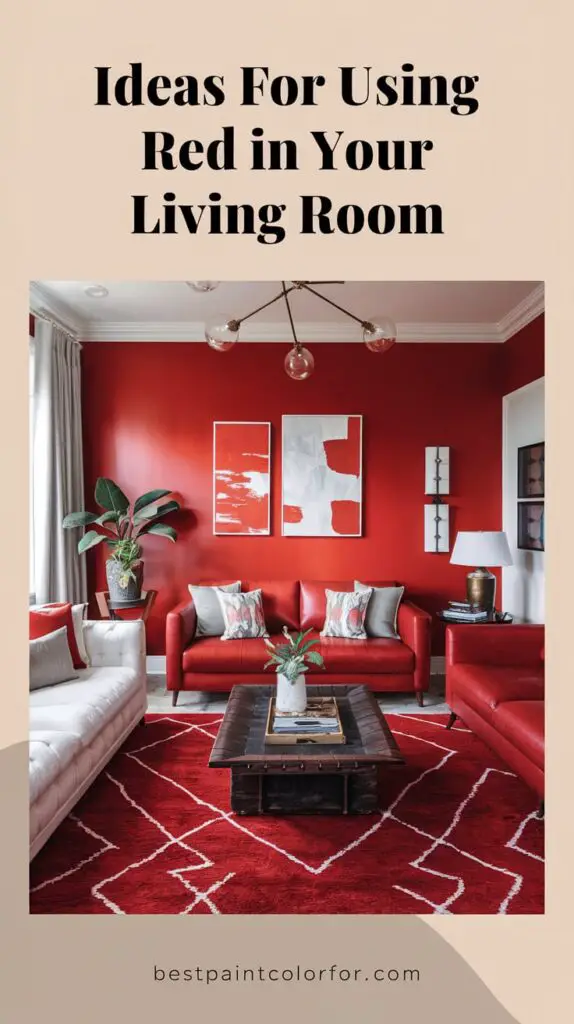
4. Consider Pairing Red with Other Colors
While red can be striking on its own, it also pairs beautifully with a variety of other colors. Depending on the look you’re aiming for, you can create different moods and aesthetics by combining red with complementary or contrasting shades. One of the most classic combinations is red with black and white, which creates a sleek and modern feel. This palette works well in contemporary and minimalist designs, allowing red to take center stage while maintaining a sophisticated balance.
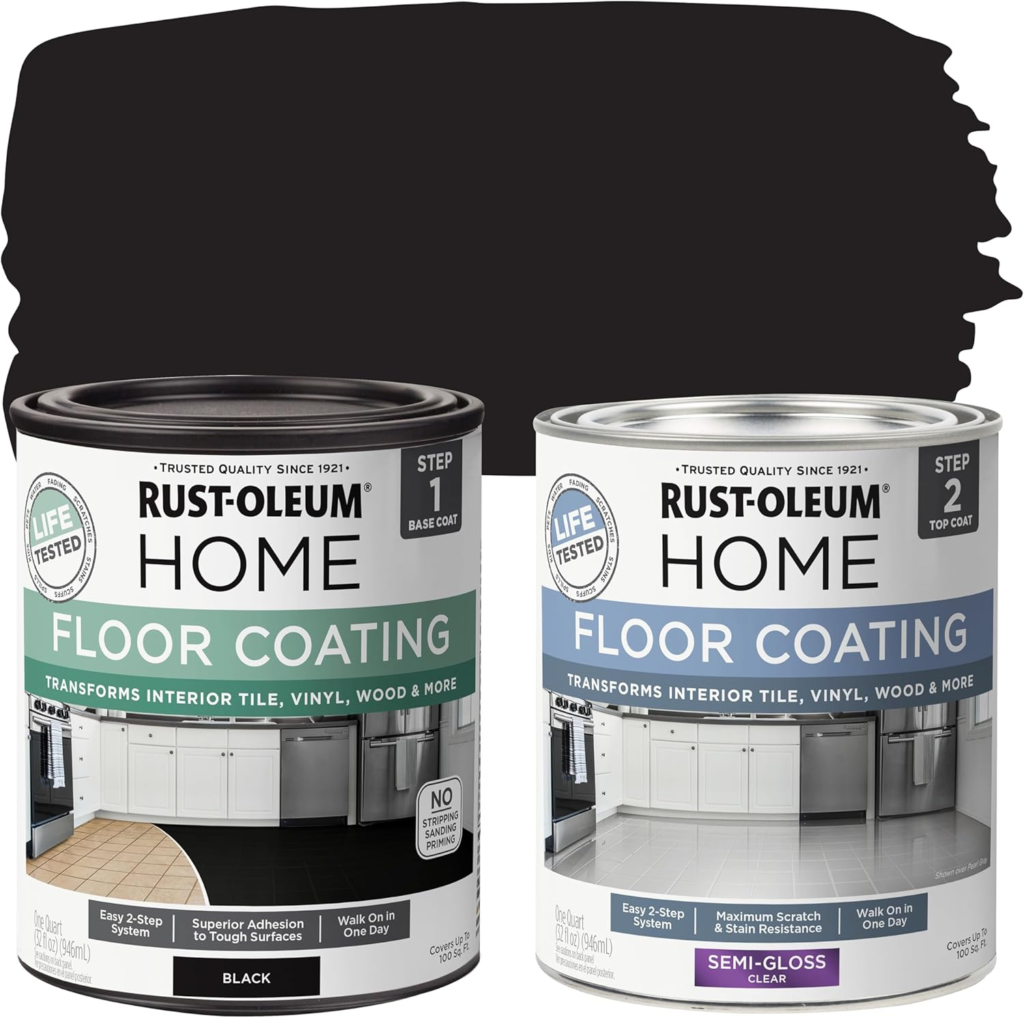
Rust-Oleum 367605 Home Interior Floor Coating Kit, Semi-Gloss Black
Ideal for updating outdated flooring at a fraction of the cost of replacement and adheres without stripping, sanding or priming.
Buy Now on AmazonIf you prefer a more eclectic or playful approach, consider pairing red with bold colors like bright pink, deep blue, or rich purple. Red and pink together create a chic and trendy aesthetic, while red and blue evoke a nautical-inspired look. For a luxurious and dramatic vibe, pair deep red tones like burgundy or wine with rich jewel tones such as emerald green, royal blue, or plum purple. Adding gold or brass accents can further enhance this opulent aesthetic. Experimenting with different color combinations allows you to personalize your living room and create a space that reflects your unique style.
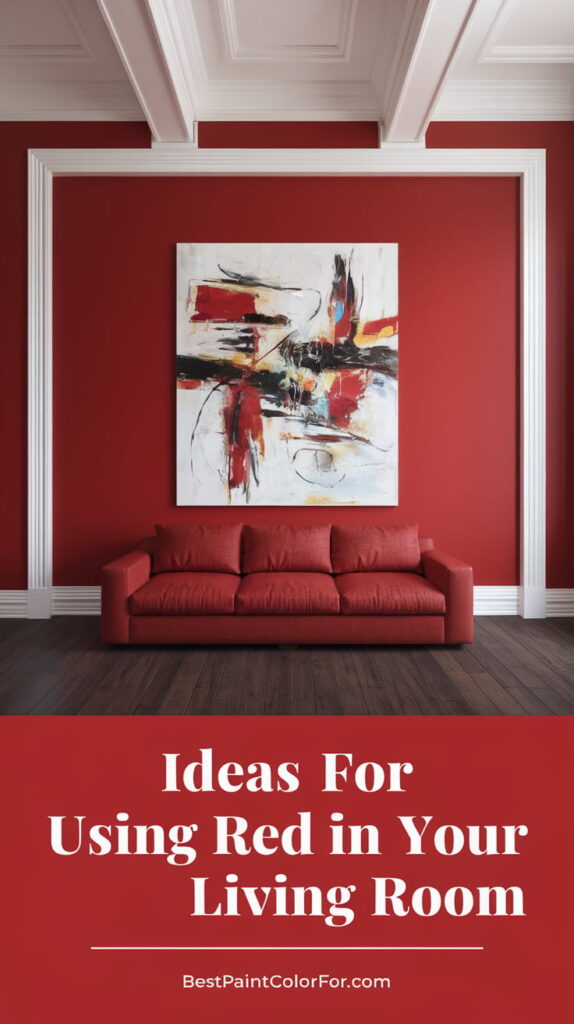
Final Thoughts: How to Confidently Use Red in Your Living Room
Using red in your living room doesn’t have to be intimidating. Whether you choose to paint your walls red, incorporate red seating, add red accents, or experiment with color pairings, the key is to balance the intensity of red with other elements in the space. By thoughtfully integrating red with neutrals, playing with textures, and layering complementary colors, you can create a stunning and stylish living room that feels both bold and inviting.
The beauty of interior design is that it’s deeply personal, and your living room should be a reflection of your taste and personality. Don’t be afraid to take risks and have fun with your decor choices. With the right approach, red can bring warmth, energy, and sophistication to your living room, transforming it into a space that feels both stylish and comfortable.

